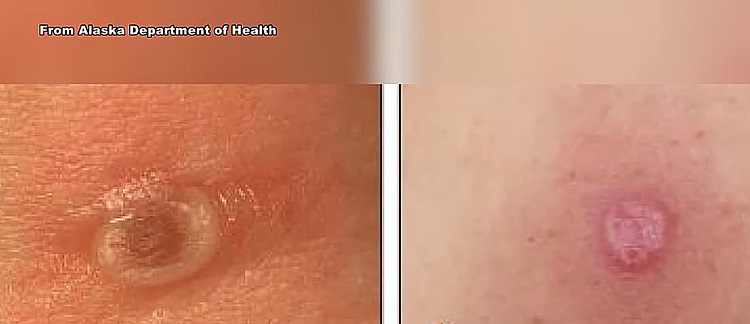In late January, the Alaska Department of Health reported the death of a man from the Kenai Peninsula due to the Alaskapox virus.
The deceased individual, who had a compromised immune system, represents the first documented fatality attributed to the Alaskapox virus, or AKPV.
The individual, who was receiving medical care at the time, is among a total of seven documented cases of Alaskapox infections, according to a statement from the Alaska Department of Public Health.
Uncertain Alaskapox Transmission Status

It took quite some time for the tragic case to be diagnosed.
Authorities have stated that the patient’s immunocompromised condition may have played a role in his unfortunate passing.
The method of transmission for the disease remains unclear.
The individual resided in the forest in solitude and has not embarked on any recent journeys. There is a possibility that he may have acquired the illness from a feline companion he resided with.
According to sources, the animal scratched him when his symptoms started. It frequently pursued small mammals.
Despite the cat’s negative test result for the virus, there are concerns that it may have transmitted it through its claws.
The man was admitted to a hospital in Anchorage and underwent a series of tests in December. At first, he received a positive result for cowpox.
However, further testing conducted by the Centers for Disease Control later confirmed that it was Alaskapox. Unfortunately, he passed away due to complications involving his kidneys and respiratory system.
What exactly is Alaskapox?
The double-stranded DNA virus belongs to the same genus as smallpox, monkeypox, and cowpox.
Initially discovered in an adult residing in Fairbanks, Alaska, in 2015, it primarily affects small mammals.
The official website of the State of Alaska asserts that while there have been no confirmed instances of human-to-human transmission of the Alaskapox virus, individuals exhibiting skin lesions potentially linked to Alaskapox are advised to cover the affected area with a bandage.
This precaution is recommended due to the possibility of certain orthopoxviruses being transmitted through direct contact with skin lesions.
